Hour 1
Hour 2
Today’s Homeowner Radio

Listener Questions
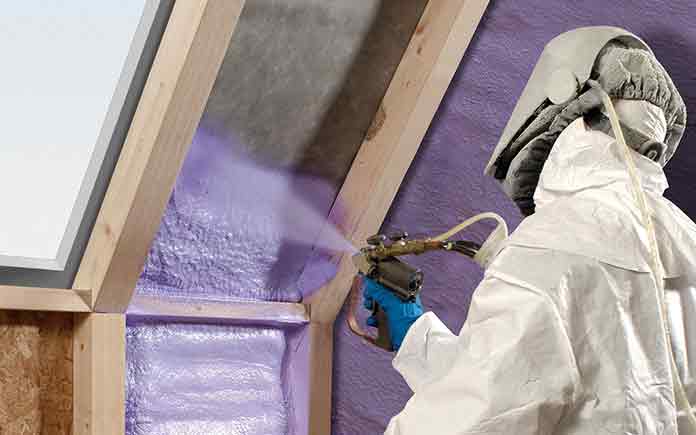
Should I Vacate After Spray Foam is Installed?
Jim needs advice before scheduling for a spray foam installation project. He wants to know how long he would have to vacate his home.
We tell Jim it’s recommended to leave the house for 24 hours but since Jim is having “spot repairs” done that he should be safe returning in a few hours. It’s advised to go ahead and ventilate the area and maybe add a few fans.
How well insulation works is expressed by its R-value, which measures resistance to the flow of heat. The higher the R-value, the better it insulates per inch of thickness.
The amount of insulation recommended for your home is dependent on where you live, but here are some general guidelines:
Attic Insulation: Houses in a cold climate should have a minimum of R-49 in the attic, which is equivalent to approximately 16″ of fiberglass insulation. Warmer climates only require an R-38 or higher, or about 12″ or more.
Wall Insulation: While wall insulation is limited by the width of the studs, different materials provide higher or lower R-values. Fiberglass batts for standard 2×4 walls are now available in low, medium, and high-density products that range from R-11 to R-15. Sprayed foam insulation in the same wall cavity can range from an R-14 to an R-28 depending on the product that is used.
Floor Insulation: While there are additional considerations—such as venting and moisture problems—to take into account when you insulate under floors, the United States Department of Energy recommends an R-25 rating in cold climates and an R-11 in warmer parts of the country.
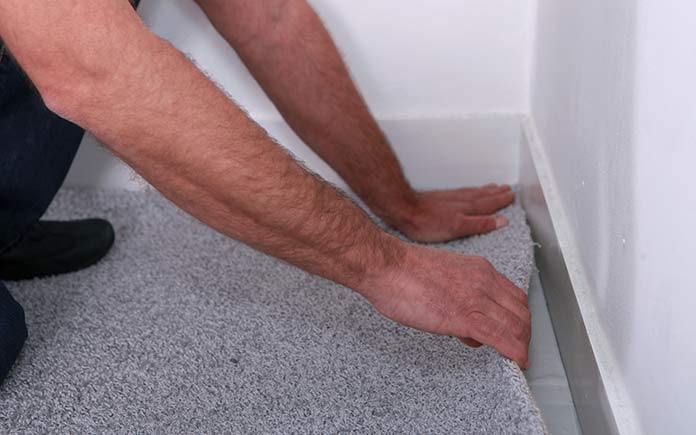
Debbie has a squeaky floor problem. Can she fix the floor without having to remove the carpet?
There is a product perfect for Debbie’s situation.
It’s called “Squeeeeeek No More” from O’Berry Enterprises. It’s a kit that allows you to drive in a screw through the carpet and clip the screw with a special tool. The tool is perfect for anyone needing to do a floor repair but has limited access to the subfloor.

Darryl wants to know how he can stay cool on his porch this summer.
Adding insulation would be a great idea. We recommend mineral wool insulation over fiberglass. Either tension wires or inexpensive plywood could be used to hold the insulation in place.
Additionally, Darryl could consider an elastomeric coating called Dura-Brite.
Durabrite offers solar reflectivity that lowers the temperature and offers mildew resistance to a roof.
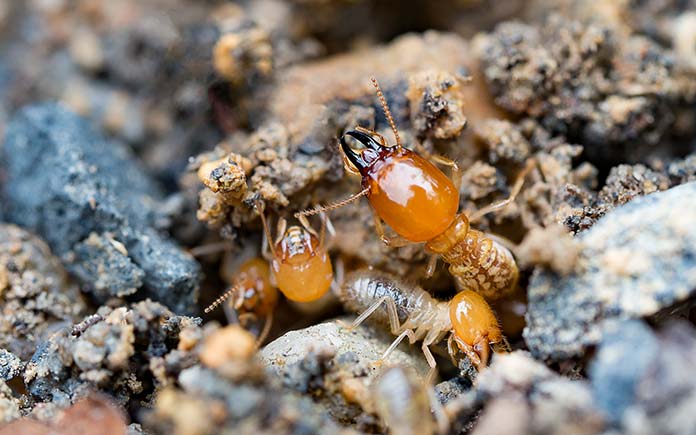
Does Pine Straw Attract Termites?
Cheryl is concerned the pine straw around her house will attract termites.
Pine needles themselves, don’t provide nutrition for termites. However, pine straw will keep the ground below wet. This moisture could attract termites to your home.
For more information on termites check out this special Today’s Homeowner Podcast all about termites.
Simple Solution
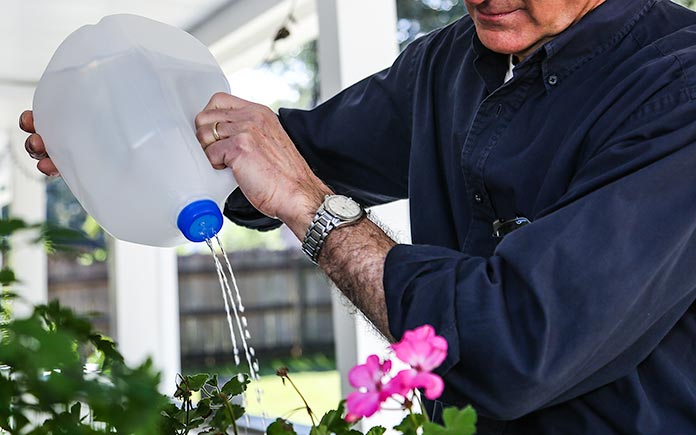
If you’ve got an empty one-gallon plastic milk jug, here’s an easy way to upcycle the jug into a watering can for plants.
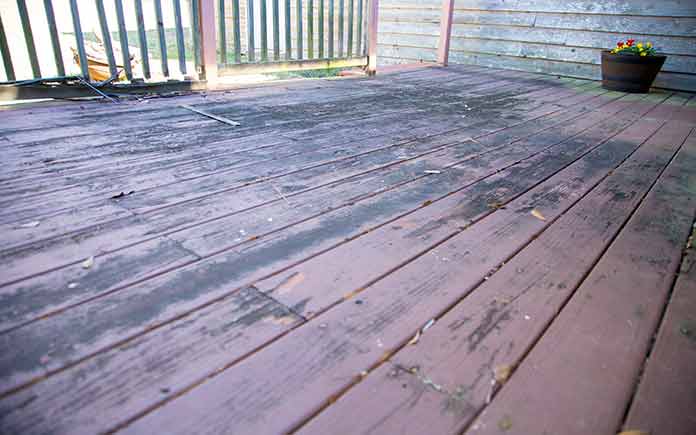
Cleaning debris from in between deck boards or from expansion joints in sidewalks doesn’t have to be time-consuming and tedious.
Best New Products
Longer Lasting Spackling Paste
Drywall repairs don’t usually involve a lot of hard work, they just take forever because of the drying time required for most sparkling compounds. Dap’s new Fast Dry Spackling Paste aims to change that.



